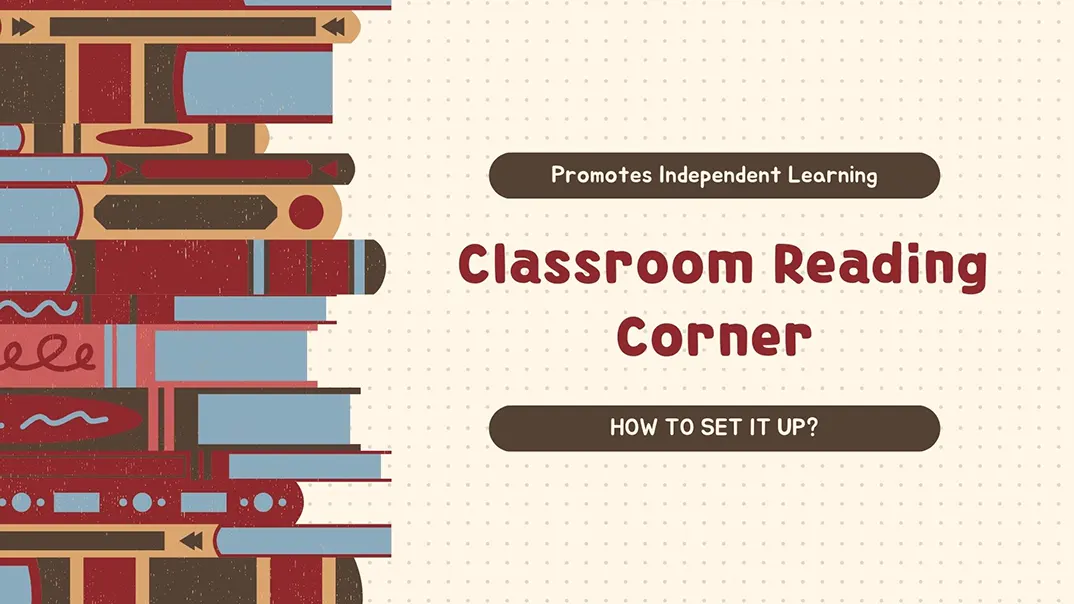Designing a classroom reading corner is one of the most rewarding tasks for an educator. It goes beyond merely adding a few books and comfortable seating—it’s about creating an inviting, organized, and thought-provoking environment where students feel encouraged to read, reflect, and grow on their own.
The Importance of a Classroom Reading Corner for Independent Learning
A classroom reading corner is more than just a cozy nook; it’s a powerful tool that nurtures independent learning in young minds. By implementing thoughtful classroom reading corner ideas, you can create a dedicated space for reading that encourages children to take ownership of their learning journey. In this environment, children develop essential skills such as concentration, time management, and self-direction. Students have the freedom to engage with books at their own pace, selecting materials that match their interests and developmental needs. This autonomy boosts their academic confidence and fuels a deep love for learning that can last a lifetime. In a classroom, a reading corner provides a safe, quiet, and inspiring space where children can:
- Cultivate Independence: A classroom reading corner encourages students to pick books, read at their own pace, and discover topics they are passionate about, fostering a sense of autonomy.
- Explore and Learn: With carefully selected books, children are exposed to new ideas, concepts, and worlds, expanding their vocabulary and imagination.
- Improve Literacy Skills: A quiet corner dedicated to reading allows for consistent practice, which helps improve reading fluency, comprehension, and focus.
- Promote Reflection and Creativity: A well-designed corner invites children to read and reflect on what they’ve learned and created through art, drawing, or storytelling.
The Role of Furniture in Creating a Conducive Learning Environment
When designing a classroom reading corner, it’s essential to consider the role furniture plays in setting the tone for the space. Furniture is a practical tool for comfort and organization, significantly influencing a child’s learning behavior and attitudes. The right furniture can distinguish between a cluttered, disengaging environment and one that fosters a love of reading and independent exploration.
Here are key considerations for choosing the right furniture:
- Comfortable Seating: Providing comfortable seating options such as soft chairs, cushions, or bean bags helps create a welcoming atmosphere where children feel at ease. Students are more likely to engage with books for extended periods when comfortable.
- Visible Book Storage: A well-organized, open bookshelf that allows children to see the titles at eye level is crucial. Not only does it encourage browsing and exploration, but it also teaches kids how to manage and select reading materials independently.
- Easy Accessibility: Furniture that allows children to access books without assistance supports the concept of independence. Shelves should be low and easy to reach, ensuring children can pick and return books independently.
Key Principles for Designing a Classroom Reading Corner
Consider the Layout and Flow of the Space
The first step in creating a classroom reading corner is considering its classroom layout. You want the area to be easily accessible yet distinct from the rest of the classroom’s activities. Here are some key layout considerations:
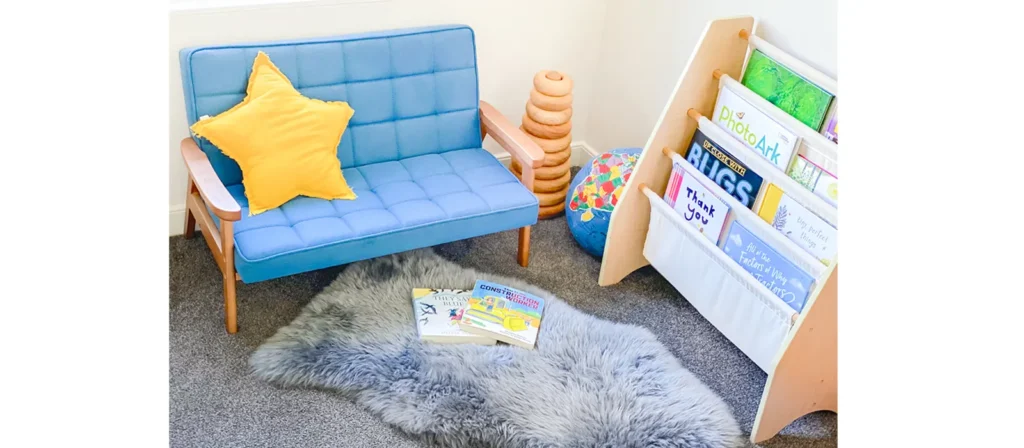
- Location: To minimize distractions, the reading corner should be in a quiet, relatively isolated part of the classroom. However, it should also be easily visible and accessible to ensure children feel comfortable using it. If the classroom has windows, consider placing the reading nook near them to allow natural light, making the space more inviting.
- Space Planning: Ensure the reading corner is large enough to accommodate several children without feeling cramped. You can incorporate flexible seating options that allow children to read together or alone. This flexibility is important in encouraging different reading activities, from group story time to individual exploration.
- Defined Boundaries: While you want the space to be open and inviting, creating a clear boundary for the reading area can help children mentally separate it from other classroom activities. Use low bookshelves, rugs, or fabric screens to define the space.
Select the Right Furniture
Furniture is a crucial element in creating a functional and comfortable reading space. The furniture in the reading corner must cater to the diverse needs of children, ensuring comfort, accessibility, and a sense of security. Here are some essential furniture pieces to consider:

Comfortable Seating: Chairs for classroom reading corner create a comfortable reading environment for children. Opt for soft, ergonomic chairs, bean bags, or floor cushions. These seating options should be lightweight so children can easily move them around. Seating should also be low to the ground, making it easier for young children to access.
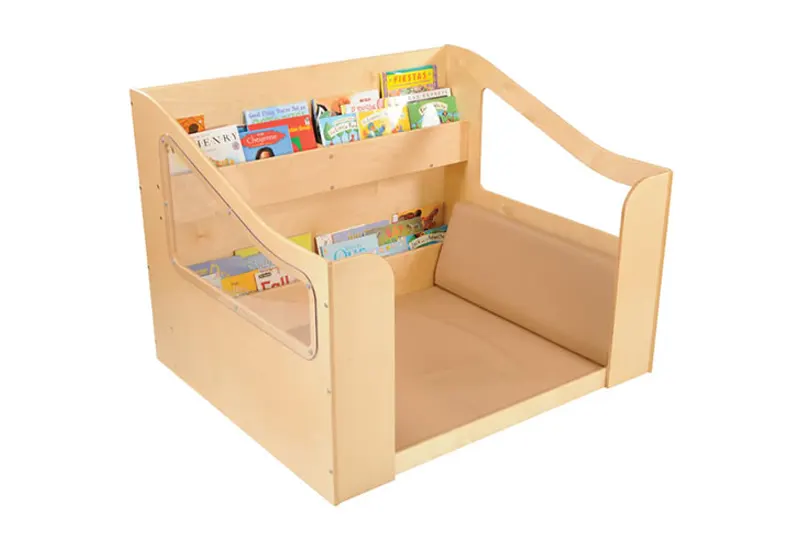
Quiet Reading Center: A quiet reading center is an essential part of any classroom reading corner, designed to offer students a peaceful, distraction-free environment where they can immerse themselves in their books
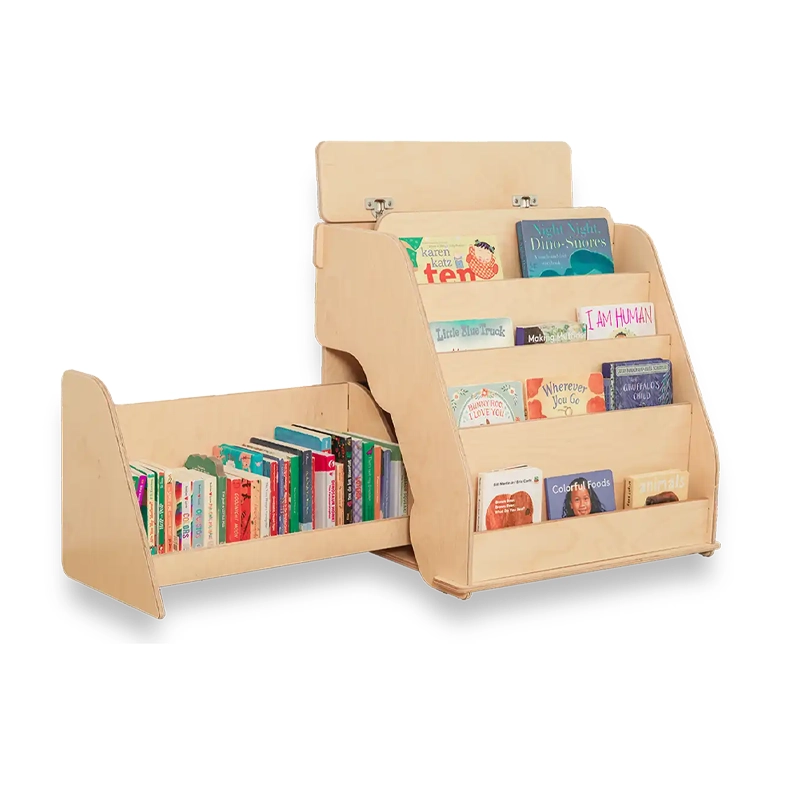
Bookshelves: The bookshelf is a key piece of furniture in the reading corner. Choose low, sturdy shelves that allow books to be visible and accessible to children of all heights. Shelving should be open rather than closed to promote exploration and make it easier for students to select books.
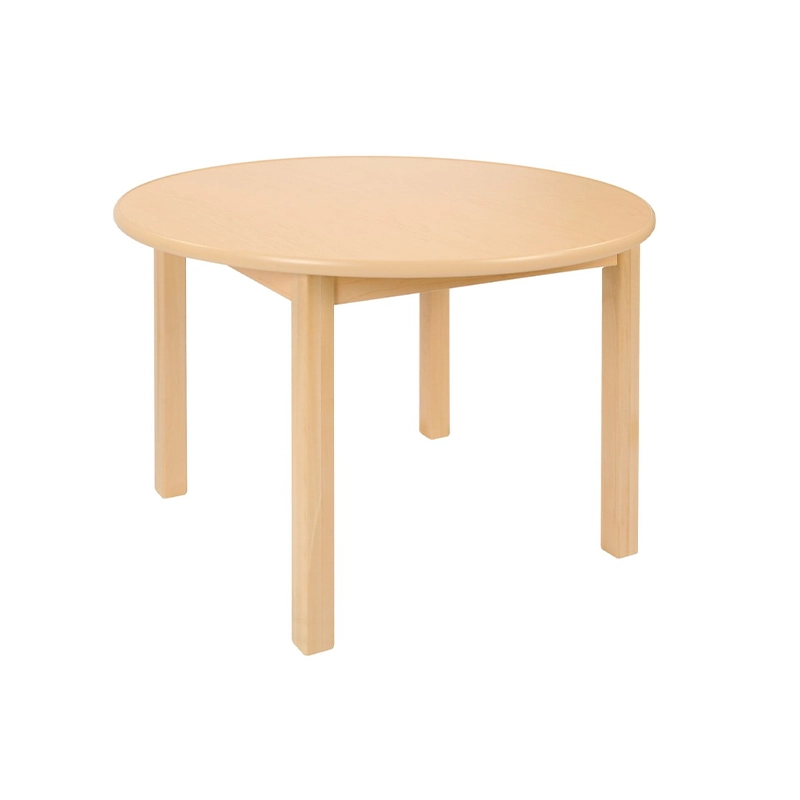
Classroom Tables: Small tables can be useful for children who prefer sitting, reading, or drawing. These tables can also be used for group activities. Ensure the table height is appropriate for young learners.

Storage Solutions: Children often accumulate bookmarks, art supplies, or quiet toys that enhance their reading experience. Small bins, baskets, or cubbies should be used to store these items neatly.

Bean Bag Chairs: Bean bag chairs are highly adaptable and can be easily moved to different areas of the reading corner, allowing students to choose their preferred reading spot. Whether it’s for solitary reading, group storytelling, or quiet reflection, these chairs can be placed in various configurations to suit the classroom’s layout and the students’ needs.

Classroom Reading Corner Rug: Classroom reading corner rug offers a soft, comfortable surface for children to sit on and helps define the reading area, transforming it into a special space for learning and exploration. The rug clearly marks the boundary of the reading corner, signaling to students that this is a place for quiet reading, storytelling, or group discussions.
Transform Your Classroom with Custom Furniture Solutions
Organize the Books Effectively
The arrangement of books is key to encouraging children to explore and select reading materials independently. Here’s how to organize the books in a way that enhances the reading corner’s function:
- Eye-Level Shelving: Books should be placed on eye-level shelves to make them easy to access. When children can clearly see the book covers, they are more likely to browse and choose a book that captures their interest. Reading corner ideas for small classrooms often include using vertical shelving to maximize space while ensuring books remain within easy reach.
- Variety: Include diverse books that cater to different age groups, interests, and reading levels. This helps children find something they enjoy, whether they are just learning to read or are already fluent. By offering a wide range of options, you create an inviting atmosphere where every student feels included. Incorporating variety is a vital idea for reading corner in classroom to ensure all learners have something to explore.
- Category Organization: Consider organizing books by genre (e.g., fantasy, adventure, animals), theme (e.g., friendship, nature), or reading level. Some teachers prefer using labels and color coding for easier identification. Categorizing books in your reading corner in a classroom not only makes it easier for children to find what they’re looking for but also introduces them to different genres and themes that may spark new interests.
- Rotation: Periodically rotate the books to maintain novelty and keep children excited about the selection. Introducing new titles or changing the display can help spark fresh interest. Regularly updating the reading corner in a classroom will keep the space dynamic and engaging, making sure students always have something new to discover.
- Interactive Displays: Consider creating a featured book area where you showcase new arrivals or a book of the week. This can create excitement around reading and allow students to explore new themes or authors. An interactive display is one of the most exciting ideas for reading corner in classroom to keep students engaged and curious about the materials available.
Add Sensory Elements to Enhance the Experience
A classroom reading corner can be more than just a quiet space—it can be an environment that stimulates multiple senses to deepen the learning experience. Here are some sensory elements to consider:
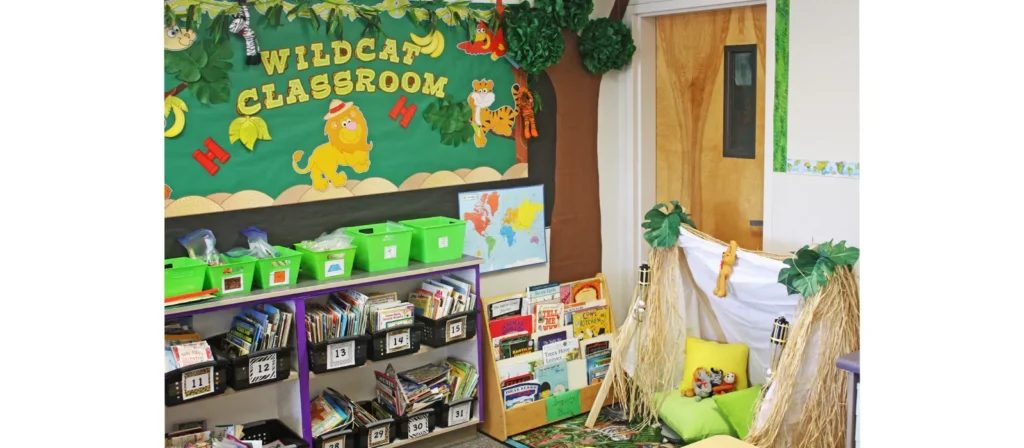
- Textures: Add soft rugs, cushions, or pillows to make the space cozy and inviting. The textures should be pleasant and encourage children to spend time there.
- Color: Use calming, neutral colors for the walls and furniture, but add pops of brighter colors in the décor, pillows, or curtains. Bright colors stimulate creativity and curiosity, but an overwhelming amount of them can be distracting.
- Sound: If possible, create a space where soft music or natural sounds can be played in the background. These can enhance focus and provide a peaceful ambiance for reading.
- Aromatherapy: Consider using essential oils or scented candles (if allowed) to create a calming atmosphere. Scents like lavender or citrus can help relax the mind and promote a love of reading.
Building a Reading Corner for All Ages: Adapting to Different Grade Levels
Reading corners are essential spaces where students can dive into literature, ignite their imaginations, and enhance their literacy skills. However, the needs of preschoolers differ greatly from those of middle schoolers. Designing reading corners tailored to various age groups requires thoughtful planning. By selecting age-appropriate designs, furnishings, and materials, you can craft a dynamic reading space that nurtures each student’s learning experience.
Designing a Reading Corner for Young Learners
For younger children, the reading corner should be a warm, inviting space that stimulates sensory development, promotes language skills, and encourages social interaction. Here are some considerations for designing a reading corner for preschool to early elementary students:

1. Create a Cozy, Safe, and Inviting Space
Young learners need a space that feels secure and welcoming. Consider using soft, warm colors for the walls and furniture. Choose comfortable, child-sized seating like soft cushions, bean bags, or even small armchairs. These seating options should be lightweight and easy to move, allowing children to personalize their space.
- Add Pillows and Rugs: Add soft, plush rugs and colorful pillows to create a relaxed atmosphere. The tactile experience is essential for younger children.
- Use Low Shelves: Install low bookshelves or bins that children can reach easily. Organize books by category, with picture books and early readers at the forefront.
- Encourage Exploration: Keep a variety of books in different formats—board books, picture books, lift-the-flap books, and sensory books. The goal is to let children freely explore books of their choice.
2. Incorporate Interactive Elements
For young children, books should not only be read, but also interacted with. Integrate hands-on materials like sensory toys or story-related props that complement the books. For example:
- Storytelling Props: Incorporate puppets, dolls, or stuffed animals that relate to the books on the shelves. These classroom toys can help children re-enact stories and deepen their connection to the text.
- Engaging Visuals: Large, colorful posters or wall murals featuring storybook characters can make the space feel dynamic and encourage storytelling.
3. Provide a Reading Buddy System
Younger children benefit from social interactions during reading time. If possible, include a small area for group reading, where they can sit together and enjoy a story with a teacher or peer.
Transform Your Classroom with Custom Furniture Solutions
Designing a Reading Corner for Upper Elementary Students
As students get older, their reading interests and needs evolve. A reading corner for upper elementary students should still be cozy and inviting, but it can accommodate more independent reading habits and cater to a wider range of books. At this stage, students often begin to explore longer chapter books, fiction series, and nonfiction books that align with their personal interests.

1. Focus on Comfort and Functionality
For this age group, the reading corner should balance comfort with function. Choose seating options that are still cozy but provide the support older students need for longer reading sessions. Consider:
- Flexible Seating: Adjustable chairs, bean bags, and cushions allow students to move and find their optimal reading position. Larger seating areas, like a sectional sofa or long cushions, can accommodate small groups of students.
- Desks or Tables: If students want to take notes, highlight text, or draw, include small desks or tables with adequate lighting.
2. Provide a Varied Selection of Books
At this stage, students’ interests can range widely. Ensure there’s a mix of fiction and nonfiction, across a variety of genres like mystery, fantasy, adventure, biographies, and history. Offering books that span different reading levels will encourage students to challenge themselves while still having access to books they can enjoy at a lower level.
- Genre-Based Organization: Label books by genres or themes so that students can easily browse and select based on their interests.
- Incorporate Digital Media: For students who enjoy audiobooks or e-books, provide access to tablets or headphones in the reading corner. Audiobooks can help reluctant readers engage with literature while providing a multi-sensory experience.
3. Foster Independent Learning
Older students may prefer to read alone or in pairs. Provide space for solitary reading as well as quiet group discussions. This will encourage critical thinking and peer learning. Offering a selection of books that address real-world issues, academic topics, or personal development can encourage independent exploration of subjects outside the curriculum.
Transform Your Classroom with Custom Furniture Solutions
Designing a Reading Corner for Middle School Students
For middle school students, the reading corner must meet the needs of an increasingly independent age group. At this stage, students begin exploring more complex texts, both fiction and nonfiction, that may delve into deep themes, historical events, or philosophical concepts. The reading space must support both individual reading and group discussions, making it an essential hub for academic growth and personal development.
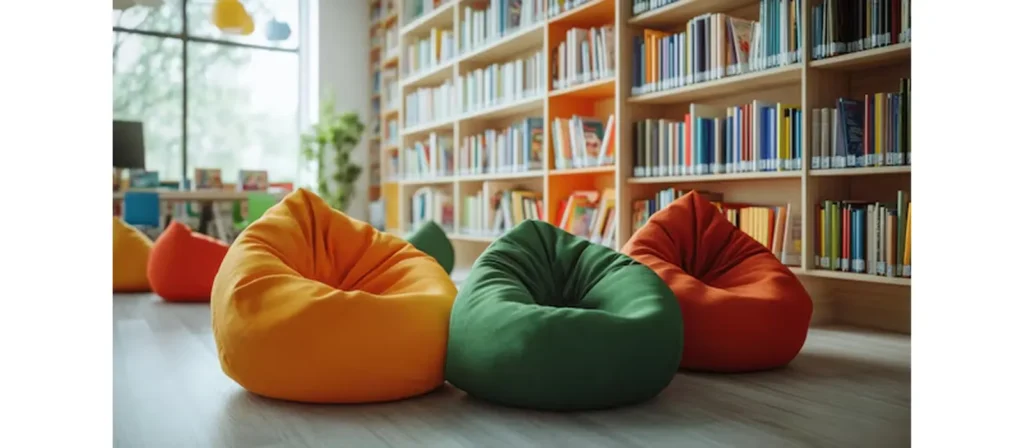
1. Provide a Space for Collaboration and Reflection
Middle school students benefit from both individual reading and collaborative activities. Create a flexible reading corner that can be easily adapted for group discussions, book clubs, or paired reading. Consider:
- Comfortable, Spacious Seating: Larger lounge chairs, floor cushions, or even small couches create an environment that promotes comfortable, extended reading.
- Group Areas: Consider setting up a small group table where students can discuss books, share opinions, or collaborate on book-related projects.
2. Support Diverse Interests and Complex Topics
Middle school students are at a stage where they begin to seek out deeper, more intellectually challenging books. Offer a range of genres—mystery, fantasy, historical fiction, graphic novels, and biographies—as well as nonfiction works that cover topics such as science, social studies, and current events. Curate monthly or seasonal book displays that explore certain topics. This will help students engage with new topics and encourage them to read outside their comfort zone.
3. Include Technology for an Interactive Experience
At the middle school level, integrating technology into the reading corner can enhance the experience. Audiobooks, e-readers, and podcasts offer interactive options for students who may prefer digital formats.
Transform Your Classroom with Custom Furniture Solutions
Maintaining and Updating the Classroom Reading Corner
A well-curated and maintained classroom reading corner can significantly enhance the learning environment and foster a lasting love for reading among students. However, it’s important to recognize that simply setting up a reading corner is not enough—regular maintenance and updates are essential to keep the space inviting, functional, and relevant to the students’ changing interests and needs.
Keep Books Fresh and Relevant
One of the key elements in maintaining an engaging reading corner is ensuring that the books remain fresh, relevant, and appropriate for the students. Over time, certain books may become outdated or less appealing, so it’s important to rotate the collection and introduce new titles regularly.
- Seasonal Updates: Change the books based on the season, holidays, or ongoing classroom themes. For instance, you could highlight spooky stories for Halloween or heartwarming tales for winter holidays. This not only keeps the reading corner exciting but also ties reading to what’s happening around them.
- Incorporate Student Interests: Regularly survey your students to find out what kinds of books they are interested in. Whether it’s a growing fascination with graphic novels, fantasy fiction, or biographies, updating the collection to reflect their preferences can increase engagement.
- Weed Out Worn Books: Periodically check the condition of your books. Worn-out or damaged books should be replaced, repaired, or removed from circulation to maintain a clean and inviting space.
Organize and Refresh the Space Layout
The physical setup of your reading corner plays a large role in how appealing and functional the space is. As students grow and their preferences evolve, it’s important to adapt the layout to meet their needs.
- Rearrange Seating Areas: Rotate the furniture to create new seating arrangements and to keep the space feeling fresh. Different seating options such as bean bags, floor cushions, and even low bookshelves can allow for comfortable, varied reading experiences.
- Create New Themes or Zones: As interests change, consider setting up different reading zones within the corner. For example, a “nonfiction nook” for curious minds, a “storytelling space” for younger readers, or a “silent reading zone” for focused, individual reading. These thematic zones can make the corner feel dynamic and engaging.
- Incorporate Multi-Functional Furniture: Consider adding storage solutions like baskets or crates for easy access to books and quick clean-up. Furniture that serves multiple purposes, such as bookshelves with built-in seating or compact storage units, helps keep the space organized and tidy.
- Reading Corner Reading Quotes for Classroom: Including inspirational reading quotes on the walls or shelves can motivate students to spend time in the reading corner. Simple quotes like “A book is a dream that you hold in your hand” or “Books are a uniquely portable magic” can inspire curiosity and excitement about reading.
- Simple Reading Corner Ideas for Classroom: Small touches like themed book baskets, comfortable seating, or visual book displays can make the reading corner more appealing. You could also set up a “book of the week” section to highlight new or favorite books. These simple ideas enhance the reading environment and make it an inviting space for all students.
Display and Showcase Student Work

A great way to keep the reading corner relevant and personal is by incorporating student contributions. This can include book reviews, art inspired by books, or reading projects that can be displayed in the corner.
- Student Book Recommendations: Dedicate a space on the wall or a bookshelf to student-generated content. Have students recommend their favorite books by writing short reviews or creating posters about books they love. This not only helps build a sense of ownership but also creates a community where students can engage with one another’s reading choices.
- Reading Challenges and Accomplishments: Showcase reading challenges or milestones students have achieved in the reading corner. Create a bulletin board or visual chart where students can see their progress, whether it’s a class-wide reading goal or individual achievements like completing a specific genre.
Incorporate Technology and Interactive Elements
In the digital age, the reading corner can also benefit from incorporating technology and interactive elements. This can make the space more engaging for tech-savvy students and provide new ways to interact with books.
- E-Readers or Tablets: For older students or those who prefer digital formats, consider adding a set of e-readers or tablets in the reading corner. This can offer access to e-books and audiobooks, expanding the range of materials available.
- Interactive Reading Tools: Use apps or websites that promote reading in creative ways. For example, students can record themselves reading and listen back, use interactive story apps, or participate in digital book clubs.
- QR Codes for Book Recommendations: Add QR codes next to popular books that link to additional resources like author interviews, book trailers, or related reading materials. This adds a layer of interactivity to the space and encourages students to engage with books in a new way.
Engage with Parents and the Wider Community
Maintaining and updating the classroom reading corner can be a collaborative effort that extends beyond the classroom. Engaging with parents and the broader community can provide new resources, ideas, and support for the reading corner.
- Parent Involvement: Organize a book donation drive or ask parents to contribute books from home that may no longer be needed. This helps expand the collection and gives students access to books that may not be available in the library.
- Community Contributions: Reach out to local libraries, bookstores, or authors for contributions, whether it’s through book donations, guest visits, or hosting reading events. These partnerships can provide new and exciting materials and opportunities for students to engage with books and reading in different ways.
Measuring the Success of Your Reading Corner
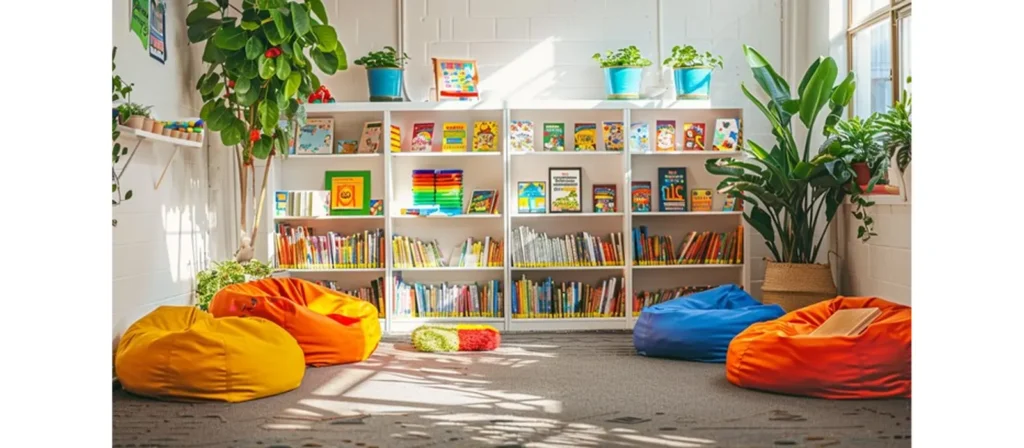
1. Student Engagement and Participation
One of the most direct ways to measure the success of a reading corner is through student engagement. Are students excited to spend time in the reading corner? Are they actively choosing books, sitting down to read, or discussing what they’ve read with peers?
- Observation: Pay attention to how often students gravitate toward the reading corner. Are they spending time there during free periods or breaks? Are they returning to the space regularly, and for extended periods?
- Book Checkout/Usage: Track the frequency with which students check out or borrow books from the reading corner. Higher usage suggests that students find the space inviting and the books appealing.
- Participation in Reading Activities: If you hold reading-related activities, such as book discussions, reading challenges, or storytelling sessions, monitor student participation levels. A high level of interest and involvement is a clear indicator of the space’s success.
2. Reading Progress and Literacy Development
A successful reading corner should contribute to the improvement of students’ reading skills and overall literacy development. To gauge the success of your reading corner, it’s important to assess how much progress students are making.
- Reading Assessments: Conduct regular reading assessments to track students’ growth in areas such as reading comprehension, fluency, and vocabulary. If students show measurable progress in these areas, it’s a good sign that the reading corner is supporting their learning.
- Reading Levels: Keep an eye on whether students are advancing through reading levels at an expected pace. For younger students, this might mean moving from picture books to chapter books, or for older students, expanding their reading habits to more complex genres and themes.
- Student Reflection: Ask students to reflect on their reading experiences. This could include short responses or journal entries where they discuss what they’ve learned, the books they’ve enjoyed, and how the space has helped them grow as readers.
3. Student Feedback and Satisfaction
Understanding how students feel about the classroom reading corner is an essential measure of its success. If students are genuinely satisfied with the space and feel that it supports their learning, then it is likely meeting its intended goals.
- Surveys and Feedback: Distribute surveys to your students, either informally or formally, to gather their thoughts about the reading corner. Questions could include things like: “What do you like most about the reading corner?” or “How does the reading corner help you with your reading?” Responses can help identify any areas for improvement and confirm whether the space meets student needs.
- Direct Conversations: Regularly engage with students in casual conversations about their reading experiences. Inquire if they find the space inspiring, if they feel it’s comfortable, or if they’d like to see changes. Listening to their insights will provide invaluable feedback.
4. Classroom Atmosphere and Culture
The overall atmosphere and culture of the classroom can also be a reflection of the success of your classroom reading corner. When students view the reading space as a welcoming and vital part of the classroom, it can influence how they approach learning and collaboration in other areas.
- Positive Peer Interactions: Are students discussing books with each other, recommending titles, or reading together in small groups? Positive peer interactions around books suggest that the reading corner is fostering a community of readers and promoting social learning.
- Classroom Behavior: A successful classroom reading corner can lead to a more positive classroom environment. Students may feel more relaxed and comfortable, which can reduce anxiety around reading. If students feel safe and valued in the classroom reading corner, it can also translate into improved behavior and attention during class time.
Conclusion
A well-designed classroom reading corner not only empowers students to explore literature independently but also nurtures their curiosity, critical thinking, and lifelong love for learning. By creating a space that is inviting, organized, and tailored to their needs, educators can inspire students to discover the joy of reading while fostering independence and growth.
Discover Our Full Range of Products
Get access to our comprehensive catalog featuring top-quality furniture and play equipment for kindergartens and schools.

